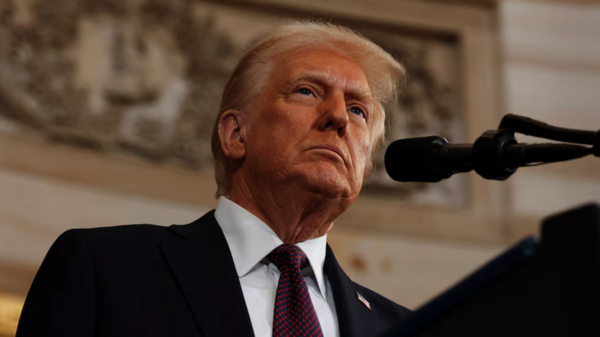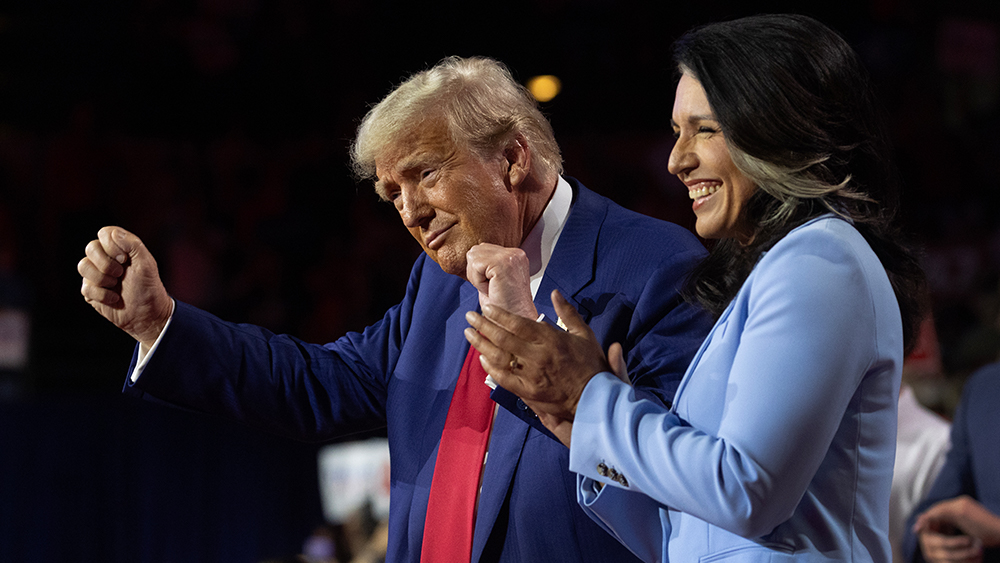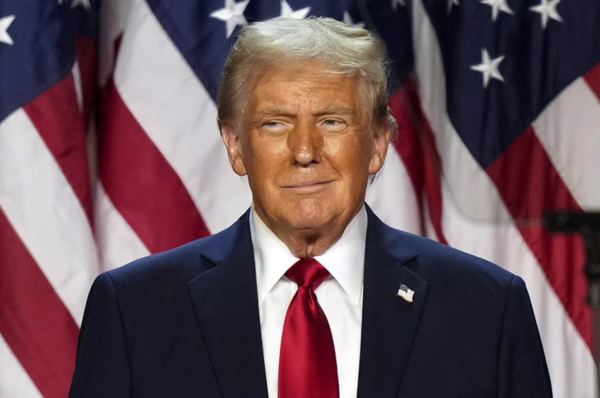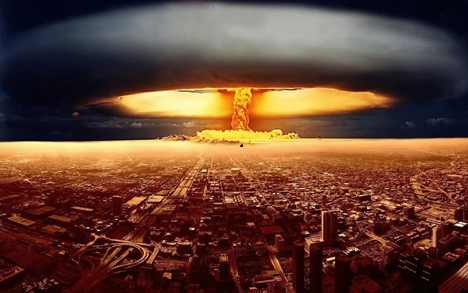
- Trump imposes 25% tariffs on India for purchasing Russian oil, risking global trade tensions.
- India rejects sanctions as hypocritical, citing Western-Russian trade surpassing its own with Moscow.
- Indian refiners diversify oil sourcing amid tariffs, shifting toward the Middle East and Mediterranean suppliers.
- U.S. faces potential drug shortages as tariffs target Indian pharmaceuticals, its top generic drug supplier.
- Escalating tariffs could drive India toward BRICS alliances and destabilize global energy-reliant markets.
The tariff ultimatum: Geopolitics meets energy markets
Sources confirm that the Trump administration has relied on preexisting sanctions frameworks—Executive Orders 14024 (2021) and 14066 (2022), targeting Russia’s war in Ukraine—to justify the new 25% duty on Indian imports. This tariff piggybacks on existing measures and aims to punish India for importing Russian oil refined into fuel and resold globally. White House officials portrays the move as a “national security” measure but admitted privately to reporters that it seeks to “leverage India’s economic dependence.” Indian officials have responded swiftly, framing the tariffs as economic coercion. A spokesperson stated, “Like any major economy, India will take all necessary measures to safeguard its national interests and economic security.” Delhi’s retort highlights hypocrisy: the EU traded €67.5 billion in goods with Russia in 2024, while the U.S. imports $1.5 billion annually in Russian uranium, palladium and fertilizers. India, now Russia’s top oil client, supplies 23% of its crude needs, filling gaps left by Western sanctions.India’s strategic response: Diversification amid pressure
In response to the tariff threat, Indian refiners have already pivoted to alternative supplies. Companies such as Bharat Petroleum Corp. and Hindustan Petroleum Corp. are securing cargoes from Saudi Arabia, Iraq, Nigeria and the North Sea. According to ship-tracking data, 70% of India’s May crude shipments originated outside Russia, a sharp contrast to September 2022, when Russian oil constituted just 3% of its imports. This shift underscores India’s economic pragmatism. While Delhi rejects U.S. “sanction diplomacy,” it recognizes overreliance on Russia’s discounted crude carries political risks. However, the deeper challenge lies in balancing affordability: Russian oil is priced 20–35% less than global benchmarks. “The cost to Indian consumers of abandoning Russian crude would be enormous” said energy analyst Rajeev Singh.Pharmaceutical precariousness: A hidden trade crisis?
The tariffs’ collateral damage could extend far beyond energy. Concurrently announced penalties of up to 250% on Indian pharmaceutical imports—a sector where India supplies over 25% of U.S. generic medications—threaten to trigger shortages of critical drugs, from heart medications to cancer treatments. While the White House claims this targets “India’s profits from Russia,” industry experts warn it could backfire. “American patients will pay for this short-sightedness,” stated pharmaceutical lobbyist Michael Cohen. “India isn’t just any supplier—it’s the world’s largest generic manufacturer.” The U.S. relies on Indian firms for 60% of its antibiotic supplies and 70% of its antivirals. A tariff-induced export slowdown could force U.S. hospitals to pay premiums amid a rare drug shortage.The roots of India’s reliance on Russia
India’s ties with Russia date to the 1950s, predating Soviet-U.S. Cold War tensions. During the 1971 Bangladesh Liberation War, Soviet support deterred Chinese-Pakistani intervention. Post–Cold War, New Delhi’s “strategic autonomy” meant balancing U.S. defense ties with traditional Russian military and energy partnerships. Russia remains India’s largest weapons supplier, accounting for 60% of its military imports. The Ukraine conflict amplified this dynamic. As Western nations ostracized Russia, India seized discounted oil offers—buoyed by shared socialist-era values and military mutual defense treaties. Yet India’s defiance also reflects its economic heft; it’s now a $3.5 Trillion GDP, rival status, uncomfortable with being dictated to by Washington.A crossroads for global-economic stability
The U.S.-India confrontation over Russian oil redefines 21st-century power dynamics. Analysts predict short-term chaos: higher global oil prices, drug scarcity and Indian counter-tariffs on U.S. commodities like agricultural exports. Over time, India’s pivot toward BRICS nations—a bloc now accounting for 25% of global GDP—could dilute dollar dominance and embolden Moscow’s defiance. As Trump’s sanctions threaten to morph into a self-inflicted crisis for American consumers, one question remains: Can the U.S. sustain its zero-sum geopolitical battles without destabilizing the very markets it seeks to command? Sources for this article include: RT.com ZeroHedge.com NaturalNews.comDeclassified emails unmask Obama-era deception behind the Russia hoax
By Willow Tohi // Share
Trump administration slams UN shipping emissions plan, threatens retaliation
By Laura Harris // Share
Mason town votes to reopen detention facility as ICE site
By Laura Harris // Share
The breakfast clock: Why timing your morning meal is a secret weapon against high cholesterol
By jacobthomas // Share
The Health Ranger's New Year Revolution: The ultimate guide to health, wealth and freedom
By kevinhughes // Share
"Absolute Healing" on BrightU: Experts explore COVID-19 as an engineered bioweapon
By jacobthomas // Share
Why EMPs pose a catastrophic threat—and places to avoid when they hit
By dominguez // Share
Scientists demonstrate how perfect magnetic symmetry can cancel energy loss
By kevinhughes // Share
Why wasabi is good for more than just sushi
By newseditors // Share











